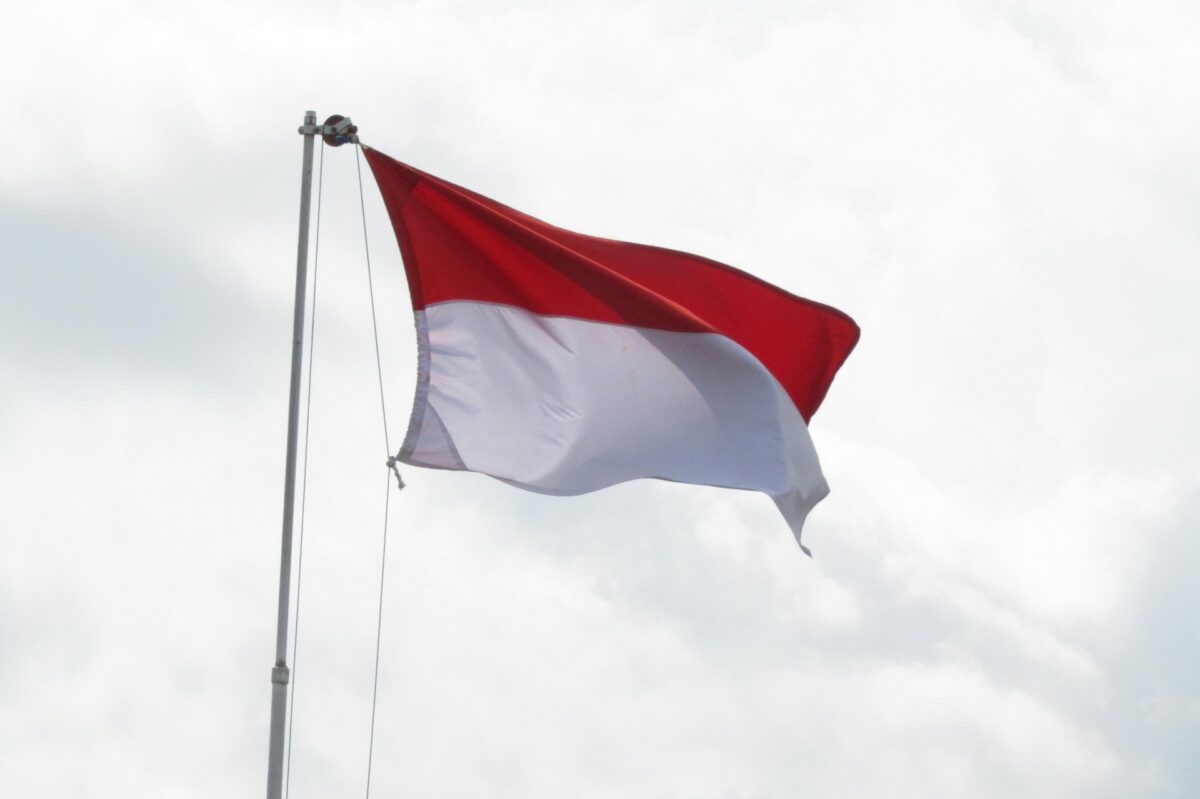From pv magazine Global
Indonesia’s Ministry of Energy and Mineral Resources (MEMR) has enacted MEMR Regulation No. 2/2024, which abolishes net metering for rooftop PV installations.
The country first introduced net metering in November 2018. It allowed solar project owners to export excess electricity to the grid, which is operated by state utility PT PLN, in order to reduce their electricity bills. Several improvements to the scheme have been enacted since the regulation’s inception.
The latest policy amendment, which went into force on Jan. 30, guarantees that customers who have already installed rooftop solar systems before this date remain bound by the previous regulation for the next 10 years.
Marlistya Citraningrum, program manager for the Jakarta-based Institute for Essential Services Reform (IESR), told pv magazine that the 10-year rule will apply to projects that have been approved but not installed, as well as arrays that have already been approved and installed.
“As an on-grid rooftop PV user, I actually have questions about this transitional rule,” Citraningrum said. “considering that during installation, rooftop PV exports are still calculated as equivalent to 0.65 of the electricity tariff based on Permen ESDM No. 49/2018, not 1:1 like Permen ESDM No. 26/2021. This transitional rule needs to be clearly informed to current rooftop solar power users.”
The Institute for Essential Services Reform believes the loss of net-metering will “make it difficult” for Indonesia to achieve the government’s National Strategic Project target of 3.6 GW of rooftop solar by 2025 and a 23% renewable energy target set for the same year.
Fabby Tumiwa, the executive director of the Institute for Essential Services Reform, said that household or small business customers will delay the adoption of rooftop PV because their peak electricity demand occurs at night, while PV generates peak energy during the day. Tumiwa said that without net-metering, rooftop PV investment will become more expensive.
“Net metering is actually an incentive for household customers to use rooftop solar systems. With PLN’s controlled electricity tariffs, net-metering helps improve the economic viability of rooftop solar systems installed at a minimum capacity of 2 kWp to 3 kWp for R1 category consumers,” Tumiwa said. “Without net-metering and the relatively high cost of batteries, this minimum capacity cannot be met, resulting in higher investment costs per kilowatt-peak unit. This will reduce the economics of rooftop solar systems.”
Citraningrum told pv magazine that while no official explanation has been given for the change, it is “likely that financial constraints of PLN is one of the main reasons.” She said the end of net metering will not benefit residential and small business PV users, but will have little impact on commercial and industrial-scale PV users, as many of them do not export excess energy. Instead, she said she hopes the decision will “trigger more energy storage use and thus contribute to bringing the cost down.”
Figures from the International Renewable Energy Agency (IRENA) show that at the end of 2022, Indonesia had 291 MW of installed solar capacity.
This content is protected by copyright and may not be reused. If you want to cooperate with us and would like to reuse some of our content, please contact: editors@pv-magazine.com.








1 comment
By submitting this form you agree to pv magazine using your data for the purposes of publishing your comment.
Your personal data will only be disclosed or otherwise transmitted to third parties for the purposes of spam filtering or if this is necessary for technical maintenance of the website. Any other transfer to third parties will not take place unless this is justified on the basis of applicable data protection regulations or if pv magazine is legally obliged to do so.
You may revoke this consent at any time with effect for the future, in which case your personal data will be deleted immediately. Otherwise, your data will be deleted if pv magazine has processed your request or the purpose of data storage is fulfilled.
Further information on data privacy can be found in our Data Protection Policy.